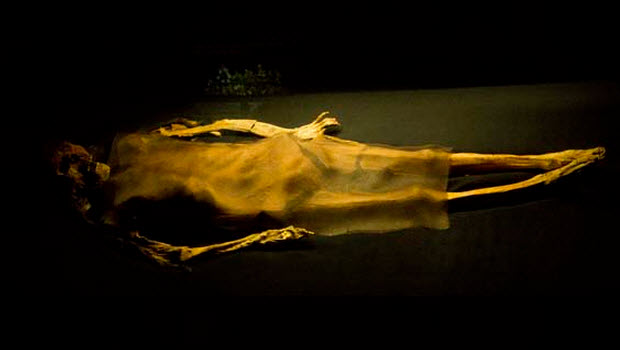
Girl power in ancient Peru of the Moche
The Internet exploded with girl power fervor last month over the discovery of a 1,200-year-old tomb belonging to a high Moche priestess. It was the eighth elite female mummy excavated at San José de Moro in little more than two decades — evidence that women governed in that region of ancient Peru. Jezebel posted this enthusiastic headline:
Newly-Discovered Tomb Confirms That Badass Women Ran Ancient Peru WHO RAN THE PRE-HISPANIC REGION OF PERU? PRIESTESSES.
In layman’s terms, a more accurate headline might have been: Women co-ruled ancient Peru with men, and — at least in the case of the Moche — were no less “badass” than the guys.
Let’s take a closer look.
The mummy was the eighth priestess to be discovered at San José de Moro since 1991. “Our excavations have only turned up tombs with women, never men,” archaeologist Luis Jaime Castillo, project director of San José de Moro, told Agence France-Presse.
The discovery of this latest tomb, he said, “makes it clear that women didn’t just run rituals in this area but governed here and were queens of Mochica society.”
The find is no anomaly.
In 2005, about 50 miles south of San José de Moro, archaeologist, Régulo Franco Jordan — inspired, he said, by a San Pedro-fueled shamanic dreamscape vision — discovered the intact tomb of another ruling strata Moche priestess, the Lady Cao. This woman, lived during an earlier period of the Moche’s eight-century reign — some 400 to 500 years before the priestesses unearthed at San José de Moro — making her the earliest known female ruler of pre-Columbian Peru. She’s been described as a sort of Cleopatra of South America.
Her body was decorated with tattoos of snakes and spiders, and she is believed to have died from complications after giving birth.
But before hitting too hard on the “Women Ruled” angle, there’s something else to take into account.
Amid all the archaeological discovery in Peru during the past 30 years, it is becoming clear that many, if not most, of Peru’s pre-Hispanic cultures shared some basic ideas about the cosmos, and their role in it.
One of the shared concepts that shaped religious ideologies, and influenced social organizations and interpersonal relationships between men and women in Peru for thousands of years before the arrival of the Spanish was duality.
It was a universe of complimentary and opposing forces that bound together the spiritual world and the animate world. Mountains, rivers, the sun, moon and stars were perceived living, interacting deities.
The duality of male and female was perhaps the most fundamental of the polarities. But we’re not talking about anything resembling a stereotypical, modern dichotomy of her emotional and intuitive Mother Earth versus his more aggressive maleness.
In the case of the Moche, blood was the main currency of political and ideological belief. It was the highest symbol of regeneration and integration between the people and their deities. The women were right in there with the men, wielding sacrificial knives and ritual paraphernalia for ceremonies in what many people today would consider temples of doom. In one of the central Moche religious themes, a cup filled with the blood of a sacrificial victim is passed among iconographic figures representing the governing elite.

Based on what the figures are wearing, and how they correspond to the garb found on the mummies in the Moche tombs, a prevailing theory has developed.
- Person “A” corresponds to the Lord of Sipán, discovered by Walter Alva in 1987.
- Person “B” is the Sacerdote Buho, or Owl Priest, also discovered by Alva in one of the Sipán tombs at La Rajada.
- Person “C” corresponds to the Sacerdotisa, one of the priestess mummies discovered in 1991 in San José de Moro by Castillo and archaeologist Christopher Donnan.
- Person “D” had been thought to be masculine. But check out the headdress. The ornamental elements in the iconographic images matches the 1700-year-old ritual burial garb and regalia of Lady Cao.
Badass priestesses, indeed.
[Originally published October 1, 2013]
Click here to learn more and book Fertur Peru’s four-day Moche Archaeological tour package.
If you like this post, please remember to share on Facebook, Twitter or Google+
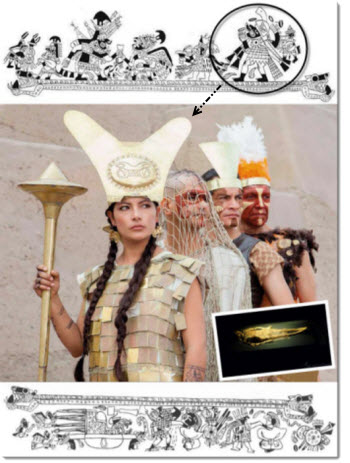
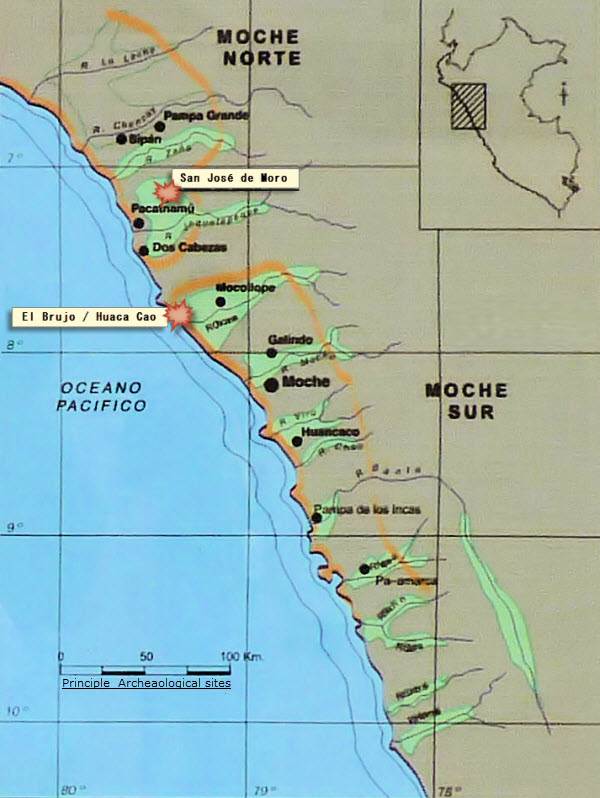
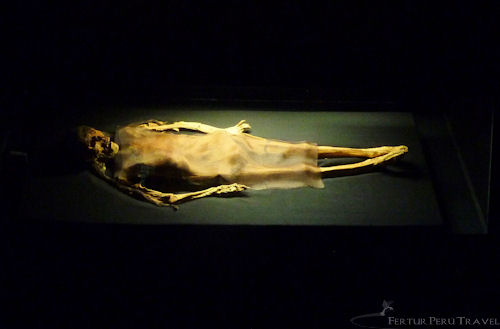
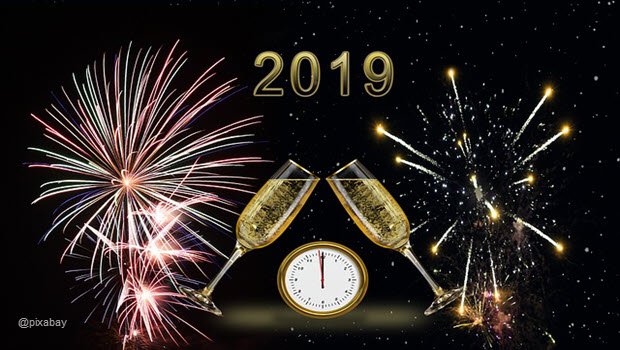 4 New Year’s Eve Parties 2019 in Lima: Hotels and Restaurants
4 New Year’s Eve Parties 2019 in Lima: Hotels and Restaurants  Colca Canyon Tours from Arequipa: Excursions and More
Colca Canyon Tours from Arequipa: Excursions and More 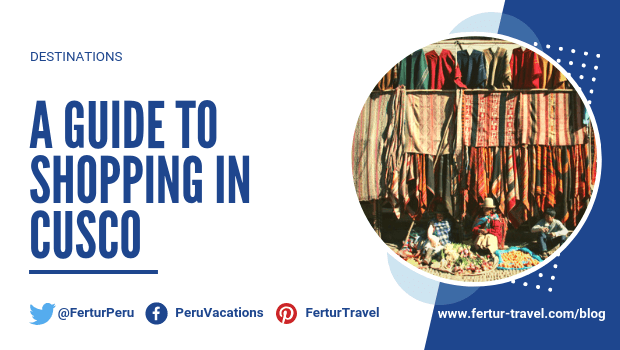 A Guide to Shopping in Cusco
A Guide to Shopping in Cusco 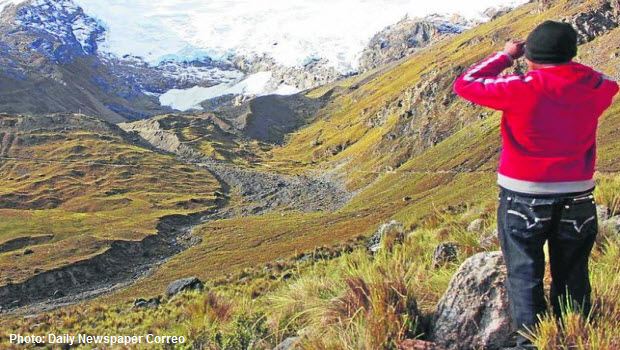 Huaytapallana recovery ~ a spot of good news on Peru’s melting glacier front
Huaytapallana recovery ~ a spot of good news on Peru’s melting glacier front 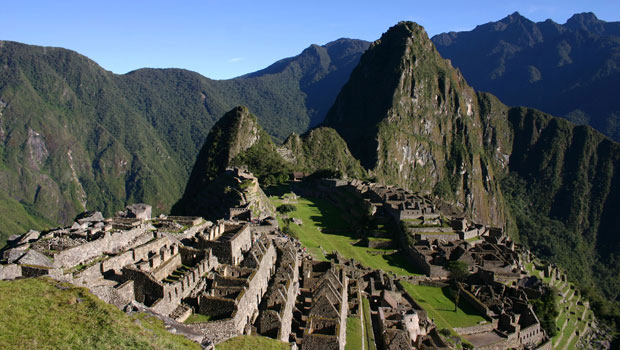 Machu Picchu reopens to more than 1,200 visitors and one Hollywood movie star, ending two-month closure
Machu Picchu reopens to more than 1,200 visitors and one Hollywood movie star, ending two-month closure 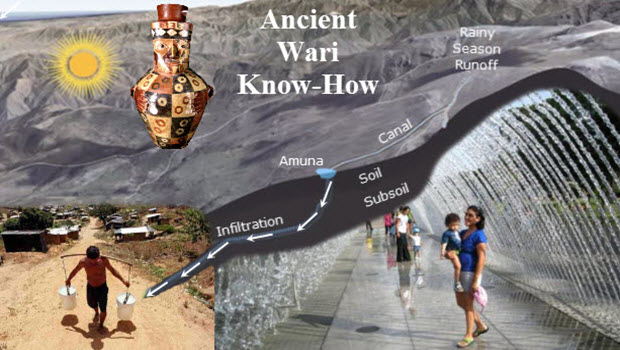 Refurbishing pre-Inca water channels to fix Lima’s desert water woes
Refurbishing pre-Inca water channels to fix Lima’s desert water woes  Travel News: Coast Rail planned for Peru
Travel News: Coast Rail planned for Peru 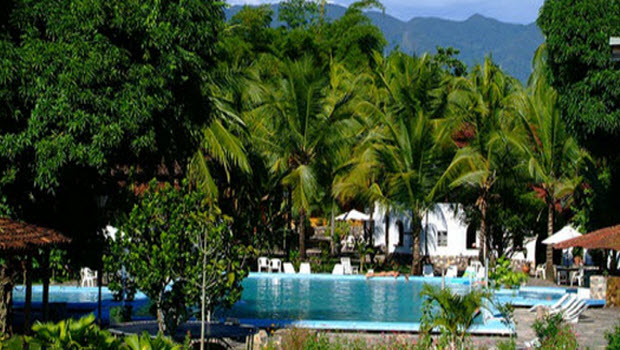 Special Offer: Jungle resort 3-days / 2-nights with airfare included
Special Offer: Jungle resort 3-days / 2-nights with airfare included